
How to Choose Pad Mounted Transformer?
Table of Contents Selecting the right pad-mounted transformer requires careful consideration of several critical
ELECTRIC, WITH AN EDGE
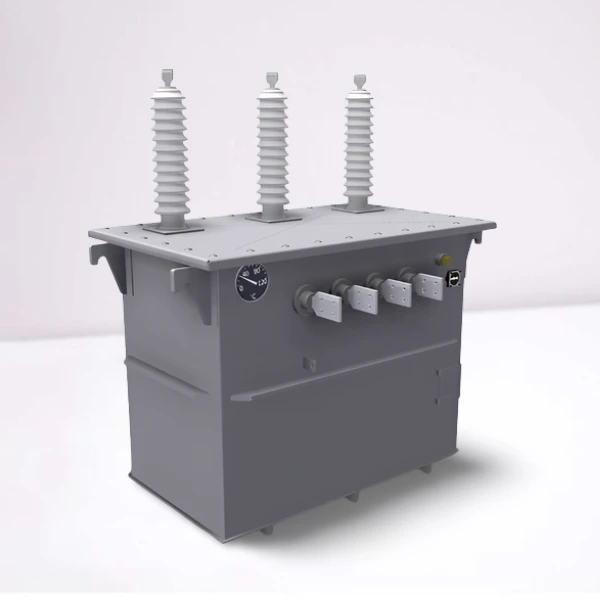
The Transformer 50 KVA is a device that has the capability of converting alternating current to direct current. It can also convert primary voltage to secondary voltage, or vice versa. A transformer is a device that has the capability of converting electrical energy. The first transformers were actually developed as a part of electricity generators, where the current will be converted for use in both the generator and in electrical equipment.
The Transformer 50KVA is classified as a big power transformer. It can be used to supply your home with an electricity supply of up to 5000 watts of power. It’s important that you only use Transformer 50KVA if necessary to avoid overloading the system.
Pofessional Manufacturer of Pad Mounted Transformer Substation Transformer,HV Power Transformer Single Phase Transformer IEEE/ANSI,CSA,DOE,AS/NZS,IEC and etc。standards

It saves money. It’s a more economical form of electricity that the standard household and industrial supply. It’s also more environmentally friendly compared to gasoline or diesel power due to the low usage of oil and carbon dioxide gases emitted during operation.
Quickly transforms AC into DC for long-distance transmission. As we mentioned earlier, transformers work by utilizing the rotation of magnetic fields around coils to induce alternating current (AC) into another coil, which allows for direct current (DC). This allows your homes or businesses to convert electrical energy from AC light and other appliances into DC in order to transmit it safely over long distances and prevent transmission losses through cables and wires.
Those who are having trouble with their present electrical supply can benefit because a transformer can help solve these problems. The following are some of the benefits some may experience after installing a transformer. What’s more, it’s guaranteed to provide you with the best power making it essential for all households and offices whose current supply is not sufficient.
Powerful electricity. Many people find that using a transformer is more economical as compared to using standard household or industrial power supplies from electric companies. It’s also more environmentally friendly thanks to its low usage of oil, CO2 gases, and the flow of electricity through wires. Direct current (DC) offers efficient use of energy.
It provides a safer way to use power. In the long run, it’s also safer than using direct current because it doesn’t have to pass through transformers or wires where there may be voltage drops, which can cause problems. It also helps prevent damage to internal components.
In short, transformers are critical for all homes and offices that need energy supplies that are not sufficient or have low quality. You also have the freedom of changing your power supply as time passes and as needs change.
A transformer is a component of an electrical power distribution system. It changes the voltage level, current, and/or frequency of alternating-current electricity to direct-current electricity. Transformers are used with alternating-current electric power sources to make them suitable for use with direct-current motors, transformers, and other devices. The Core of a transformer has 2 parts, the electromagnetic coil windings and the core material that controls magnetic flux.
A transformer’s core type determines how well it will match with other devices. Cores are made of laminated iron sheets with stacks of soft iron laminations between them. A laminate is a stack of thin sheets, or laminations, that have been cut with grooves along their edges (like pages in a book). The core’s shape is designed to maximize airflow around it and minimize heat buildup inside it.
The windings of a transformer are loops of wire that carry current through the core. A large transformer may have thousands of turns of wire. In smaller transformers, most windings are wrapped on the outside surface of a laminated iron ring called the core bobbin. Transformers with many turns of wire usually have their windings insulated in plastic tubes that go around the core at each end, or in some other type of insulating sleeve
The AC power supply lines enter the transformer on two sides and in a split second DC power flows out from both sides to our required appliances. There are no ‘sparks’ nor is any ‘magnetic’ field visible to us. What really happens is that a super-powerful transformer takes the AC supply, and converts it into high voltage DC, which will then be rectified by diodes and converted back into normal AC current that can be used by our appliances.
The windings of this transformer unit are very powerful and can carry a load of 50 KVA at 400 Volts DC. The motor inside the transformer has been specifically designed to run on such a voltage and does not get damaged easily by overloading or short-circuiting.
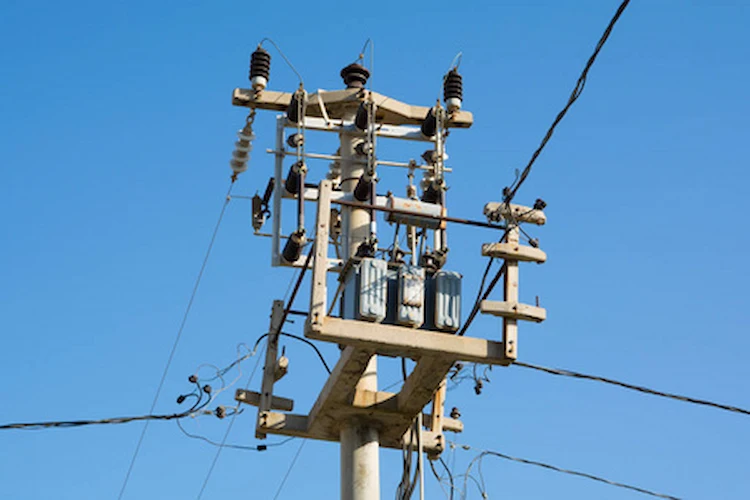
A transformer is a device used to step down or change the voltage of a power source so that it can be used more effectively by another device located further away from it. They are commonly found in electrical power generation and distribution. The standard 50 KVA transformer often is associated with substations, however, there are also other types of transformers, such as transformers for wind turbines. Transformers are available in many shapes and sizes and have many uses. You can use them anywhere you need your electrical devices to meet voltage specifications like homes, commercial buildings, or power plants.
Transformer availability is critical, because it is the only practical way of stepping down voltage, and the failure of a transformer can be the difference between keeping your lights on and going dark. Transformers are available in various AC or DC voltages, and various wattage levels. The wattage rating is for each output circuit which allows it to be used with devices with higher volts.
Transformer capacities vary based on voltage and wattage, however, 50 KVA is most common. You can find transformers with up to 250 KVA, however, the most common are 50 KVA. Each steps down in voltage will use a different size of transformer with a smaller number of turns, so there is an inverse relationship between voltage and ratings.
Transformer winding efficiency depends on the ratio of turns to wire diameter; i.e. the ratio of the number of turns to the number of wires in a circuit. For example, a step-down transformer with 1/2 inch wire will produce more voltage than one with 1/4 inch wire, since it has twice as many turns.
The transformer’s ability to handle more current also depends on its voltage rating. Since an AC waveform passes through a winding, some losses occur as it travels from one side (where the input voltage is) to another. As a secondary winding is not symmetrical, there may be some loss due to cable capacitance from inductance and resistance of the windings.
The type of transformer will depend on the power factor as a result of the rated voltage and current. They are classified into three types: step-down, step-up, or autotransformer.
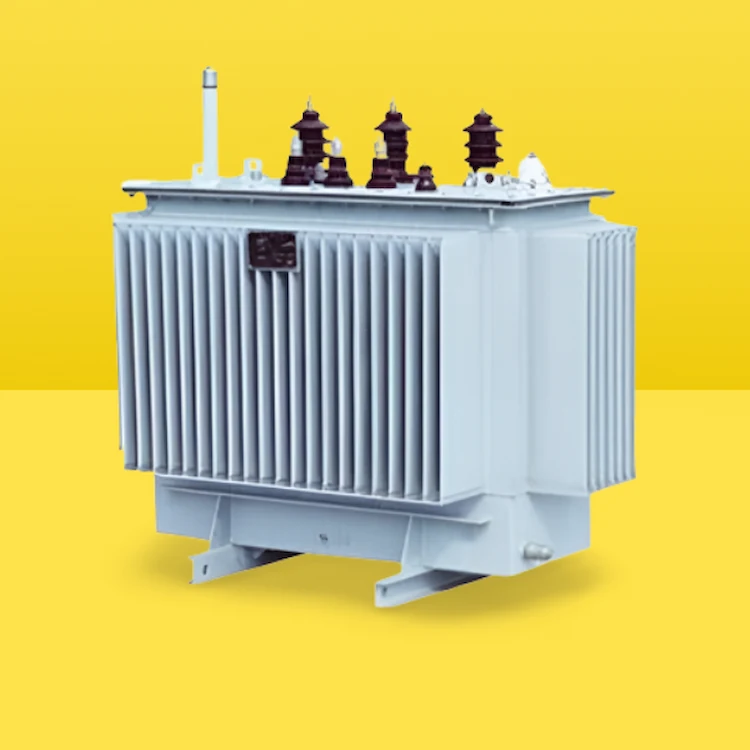
The step-down transformer has two coils with a center tap connected by an air core. When one coil is shorted out, the other coil will receive power from the center tap to compensate for this loss. They provide an output current of 300 Hz or greater and are most commonly used in medium-sized areas such as churches and hospitals to provide light at night.
Another type is known as a step-up transformer that has two coils with both ends connected to the ground by a single wire.
An autotransformer has one primary winding which is connected to a source and one or more secondary windings which are connected to the load. They are used to reduce the voltage on a source that is over voltage by converting the higher voltage by using power factor correction (PFC) or reactive power factor correction (RPC) methods.
Most transformers have their own regulating system just like motor speed controllers have. These regulating systems will vary depending on the type of transformer and its duty to perform.
The step-down transformer is used for applications that require less energy to deliver to the load. This type of transformer will have one secondary winding with a tapped output terminal connected to a load by a power factor correction (PFC) method. These transformers are usually connected in parallel with each other due to their low wattage, or they can be connected in series if they need more power or they have different voltages.
Carbon resistors and wire-wound resistors are used as voltage regulators. These types of regulators can be found in an autotransformer since it uses the PFC method.
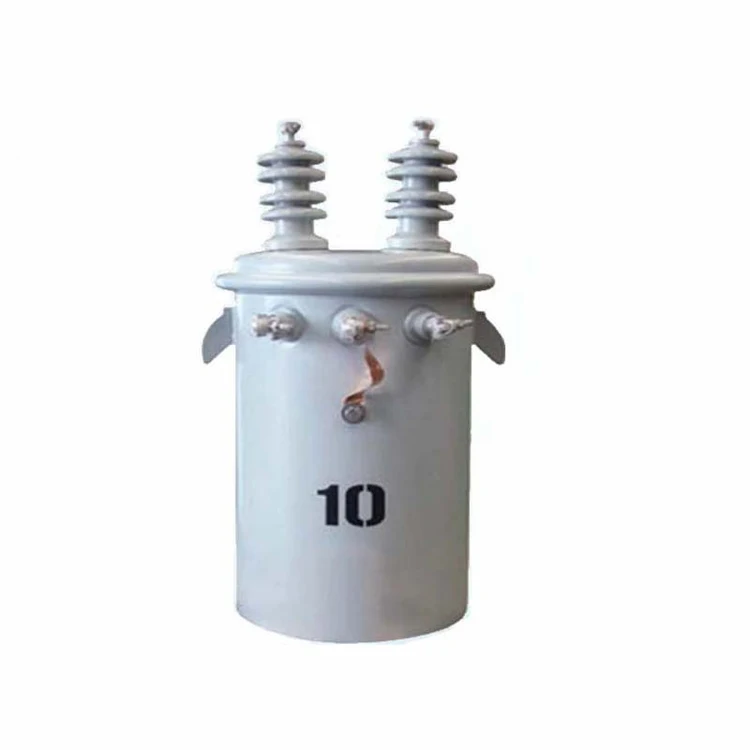
The step-up transformer is primarily used in medium-sized to large areas such as hospitals, churches, factories, and warehouses. These types of transformers will have two primary windings with an air core connected via a center tap. When one coil is shorted out, the other coil will receive power from the center tap to compensate for this loss. The same type of transformer can be found in series if they need more power or different voltages.
Most transformers have their own regulating system just like motor speed controllers have. These regulating systems will vary depending on the type of transformer and its duty to perform.
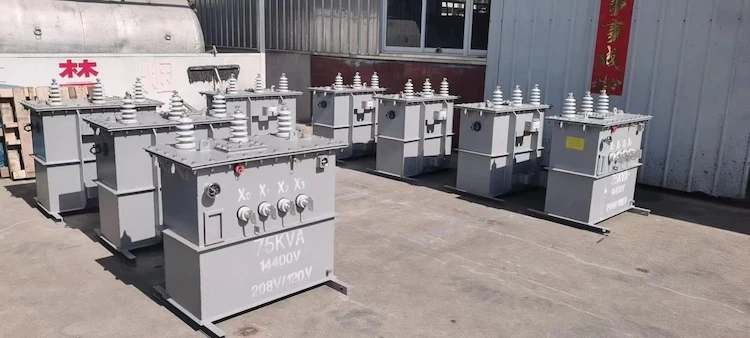
Transformer 50 KVA is quickly becoming one of the more popular pieces of equipment. The reasons for this are many and we will explore them to give you some idea about what you can expect from technological advancements.
The transformer 50 kva comes with a modern interface that is easy to understand. This makes it possible for anyone to use it without having any specialized knowledge or skills which adds significant value given how complex modern power distribution systems have become.
This type of transformer also comes in different sizes depending on your needs which means that it can be used for both commercial and residential applications. The transformer 50 kva is this very reason is a favorite among homeowners and business owners.
These devices are also simple to install. All you need to do is follow the user manual, and even someone with no prior experience can get it done in no time at all. The transformer 50 kva also has multiple core options for those who need a higher power output.
Another advantage with these transformers is that they come with a dual event circuit breaker which prevents damage or fire from occurring. In this way, you are guaranteed to enjoy quality service with this transformer 50 kva no matter how many times you use it in your business.
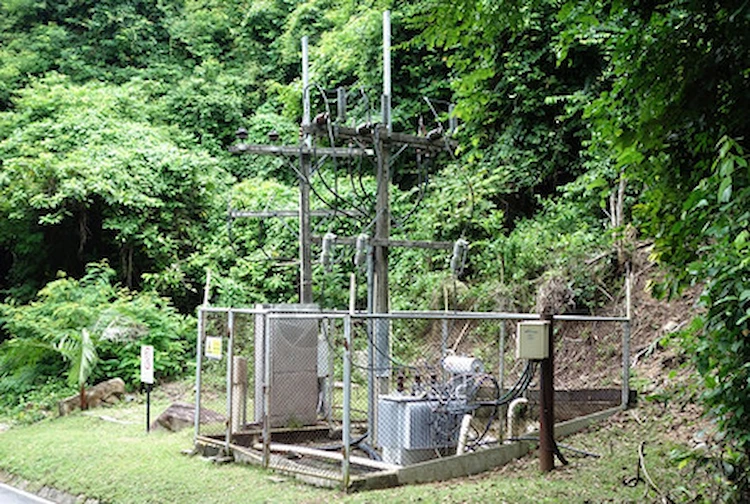
A 50 KVA transformer has the capacity to supply up to 200 amps at 120 volts or 100 amperes at 240 volts. It also has a primary voltage of 600 volts. The insulation on a 50 KVA transformer must be rated for 600-volt operation as well as high-voltage, oil-immersed construction. The core is designed with low magnetic permeability to reduce eddy currents in conducting materials and other losses.
The windings are protected by short circuit level control that monitors the current and shuts down the transformer if it reaches dangerous levels. The winding connections are brazed, copper-welded, or bolted and ground isolated.
The 50 KVA transformer provides the user with a standard three-phase configuration; however, this can be customized to two or single phases as per customer specifications. It is also possible to fit multiple windings on one core by using a double or triple voltage wound core. The high power capabilities of the transformer are enhanced by the fact that it has plenty of low loss regulation. With special high-quality double-winding construction, it is possible to get up to 65% efficiency.
The operating environment of a 50 KVA transformer is normally dry but occasionally an oil bath may be required at the start-up of a job in order to keep the transformer within its rated range of operation. Working storage temperatures range from 0 °C (32 °F) down to -30 °C (-22 °F). The primary voltage of the 50 KVA transformer can be between 200 and 600 volts.
The maximum current carrying capacity is rated at 150 percent of the transformer’s full load current, or 150%FLC. As a consequence, the secondary size of a 50 KVA transformer is usually 1.5 times the primary voltage rating of 600 volts. The maximum voltage that can be applied to an input winding on a 50 KVA transformer is 5 times the rated secondary voltage.
The windings are connected in the delta: three-phase, four-winding delta connected common wye (600 V). The internal resistance must be within range for regulation and without damage to insulation.
Download Resource

Table of Contents Selecting the right pad-mounted transformer requires careful consideration of several critical

The primary function of the pad mounted transformer is to serve as a critical distribution

A pad mounted transformer operates through electromagnetic induction, serving as a crucial distribution component that
After filling in the contact information, you can download the PDF.